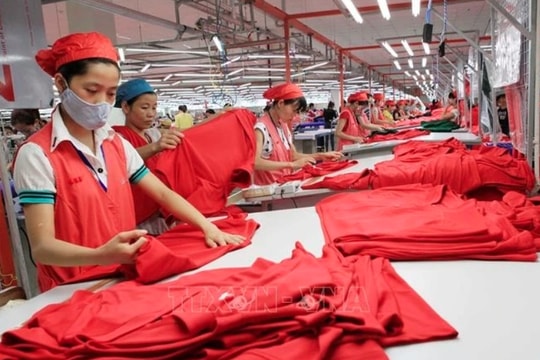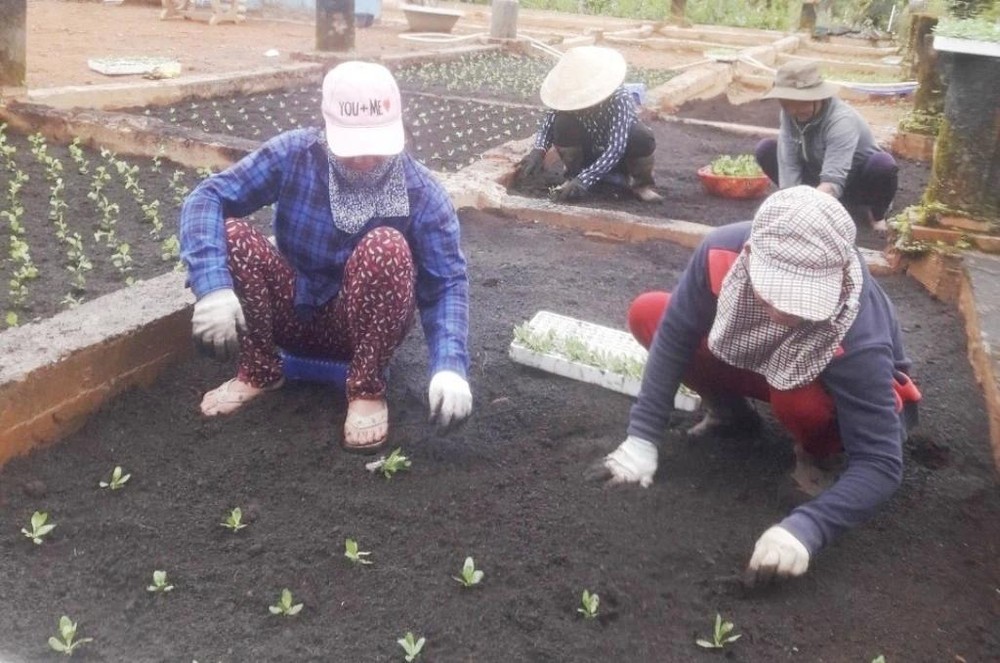
Cho Lach ornamental flower village in Cho Lach District of Ben Tre Province and Sa Dec flower village in Sa Dec City of Dong Thap Province are considered the capital of flowers in the Mekong Delta supplying ornamental flowers to the Mekong Delta provinces, Ho Chi Minh City, Dong Nai, Binh Duong during Tet holiday ( the Lunar New Year).
Flower growers in Long Thoi, Vinh Thanh, Dong Thoi communes in Cho Lach District at this time are diligently planting and nurturing their crops in preparation for the Tet market. Farmer Tran Duy Khoa from Long Thoi is currently focused on caring for nearly 1,000 pots of chrysanthemum, which he has recently planted to meet the demands of this year's Tet celebrations. The plants are thriving, and it is anticipated that they will bloom just in time for the holiday.
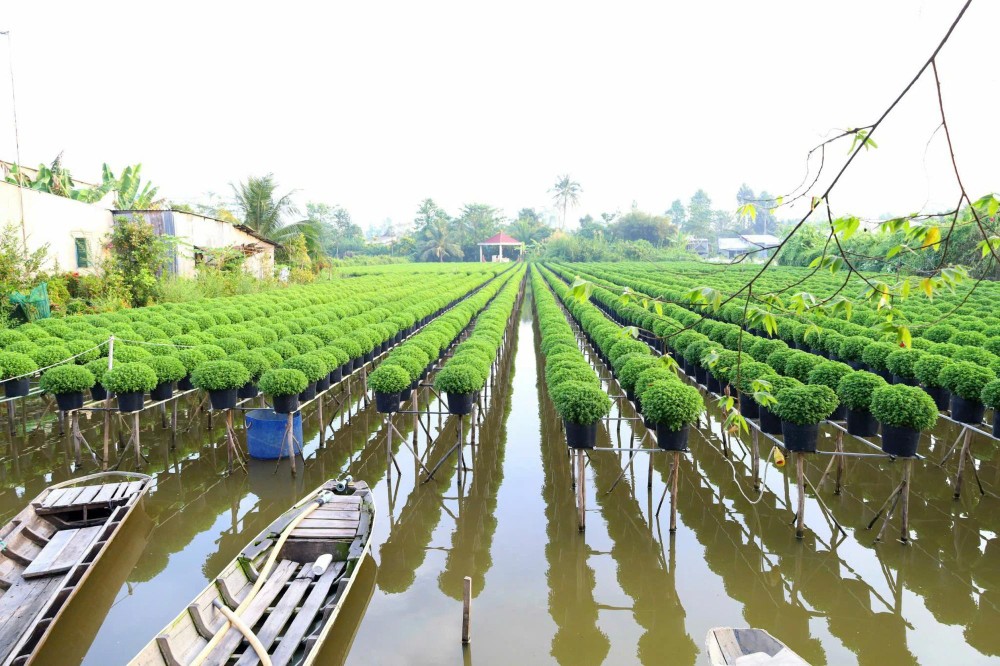
Head Bui Thanh Liem of the Department of Agriculture and Rural Development of Cho Lach District, revealed local farmers are beginning to prepare for the Tet season by cultivating various flowers, including chrysanthemum, bougainvillea, yellow apricot, rooster comb, and kumquat, across an area exceeding 700 hectares. The anticipated production of ornamental flowers is around 9 million pots of flowers for the local market in the important holiday.
According to the People's Committee of Sa Dec City, ornamental flowers with more than 2,000 varieties are planted in the land of over 950 hectares; amongst them, chrysanthemum is the most prevalent. The majority of this cultivation is concentrated in Tan Quy Dong and Tan Khanh Dong communes. Approximately 65 percent of the area is allocated for landscaping and interior decoration plants, while around 20 percent is for various types of flowers, and the remainder consists of traditional bonsai, involving over 200 farming households.
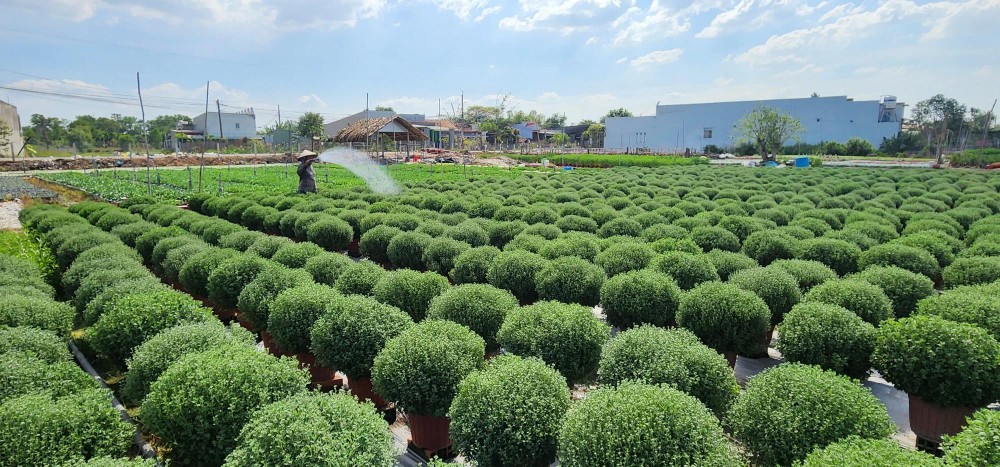
The ornamental flower industry generates an annual revenue exceeding VND3 trillion with about 100 hectares specifically for Tet flowers, cultivated by over 2,500 households. Key flower varieties include chrysanthemum, Taiwanese chrysanthemum, gerbera daisy, kumquat, various foliage plants, roses, marigolds, and cockscomb. Farmers have already begun planting their crops and an estimated 2 million pots of flowers will be sold in the Tet market this year.
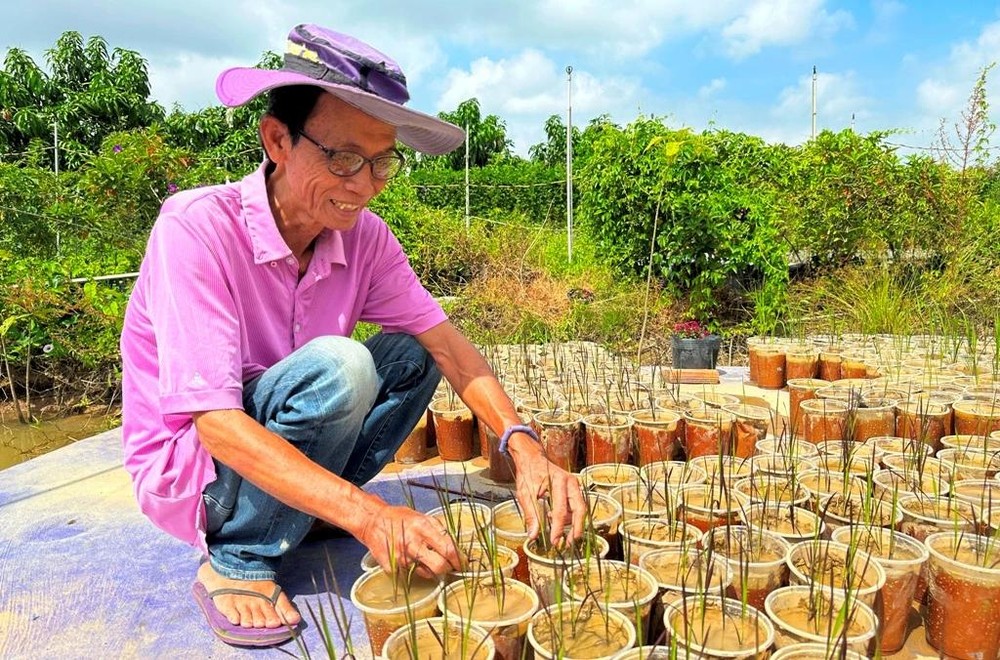
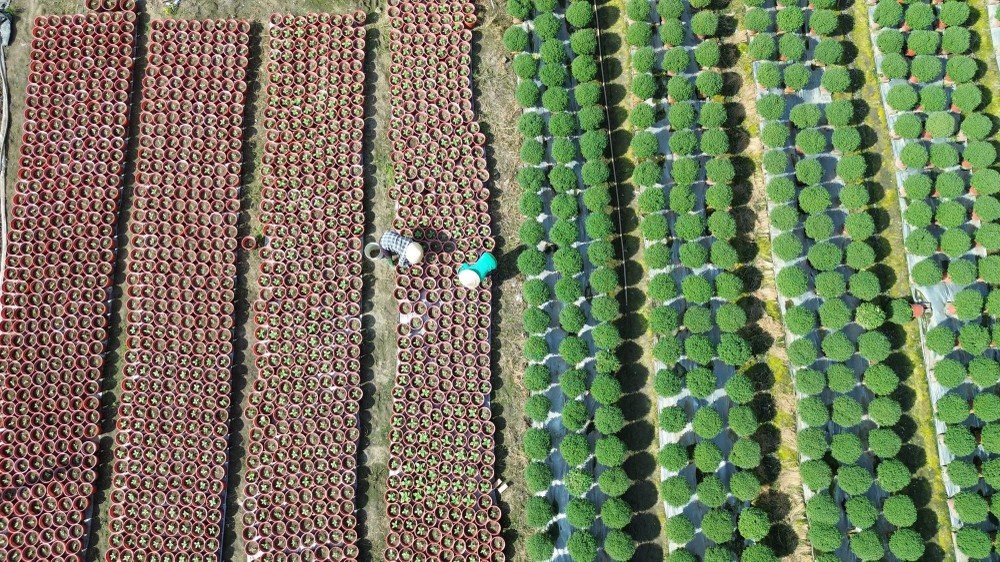
It is expected that the Tet flower crop in 2025 will be planted in mid-October of the lunar calendar with short-term flowers such as: marigolds, cockscombs, lilies, sunflowers, and dahlias.
Tran Van Tiep, Chairman of the “I Love Purple” Association (Sa Dec City, Dong Thap Province), said that in order to prepare to supply flowers for the 2025 Tet market, 40 members of the association are dedicated to production with all kinds of chrysanthemums, rose
He revealed that the association is expected to sell about 150,000 pots of raspberry chrysanthemums and hundreds of thousands of other types of flowers for this Tet market. In addition, the association is also producing 1,000 pots of purple-leaf, green-flower ornamental rice and 1,000 pots of green-leaf, purple-flower ornamental rice to supply the year-end market.
Farmer Nguyen Thanh Tuyen in Tan Khanh Dong Commune of Sa Dec City has also planted 20,000 pots of raspberry chrysanthemums.
More than 100 members of the Phuoc Dinh Yellow Apricot Craft Village Cooperative in Vinh Long Province have also begun their preparations, concentrating on nurturing robust plants while carefully shaping them to achieve higher market prices. The craft village spans 2.5 hectares, featuring approximately 550 ancient apricot trees, 4,000 medium-sized apricot trees, 25,000 small bonsai apricot trees, and 2,500 other ornamental plants.

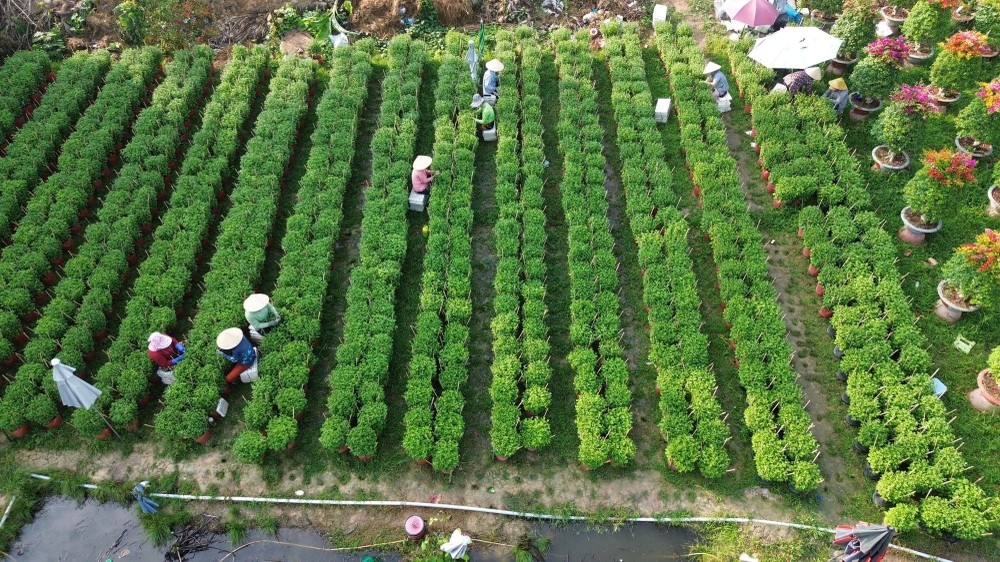
Similarly, flower growers in My Phong Flower Village in Tien Giang Province and many ornamental flower gardens in Long An Province are working hard to plant flowers and ornamental plants such as sedum, chrysanthemum, ornamental chili, periwinkle, primrose to prepare for the 2025 Tet market.
However, farmers fretted about low purchasing power this year and the bad weather patterns; hence, they are worried while growing flowers.
Local authorities advise ornamental plant growers to stay updated with weather forecasts from relevant agencies to adapt their production practices effectively.




